Chasing Light: Capturing Outer Banks Lighthouses at Night
Outer Banks lighthouses at night create magical photo opportunities, transforming from daytime landmarks into glowing beacons against the stars. The Outer Banks of North Carolina offer a rare combination of coastal charm, maritime history, and accessible dark skies—perfect for photographers chasing that iconic shot. Whether you’re a seasoned astrophotographer or taking your first night shoot, this guide will help you capture stunning images and unforgettable experiences along the Outer Banks shoreline.
Top Lighthouses to Photograph at Night in the Outer Banks
There are five major Outer Banks lighthouses, each uniquely photogenic after dark. By understanding their location, visual elements, and nighttime accessibility, you’ll be ready to craft perfect compositions under the stars.
- Cape Hatteras Lighthouse (Buxton): The tallest brick lighthouse in the U.S., famous for its spiral design. Shoot from the dunes to capture dramatic sky angles, and bring a wide-angle lens to include both tower and stars. Visit during off-peak months for fewer distractions and better air clarity.
- Bodie Island Lighthouse (Nags Head): Surrounded by marshes and expansive skies, this lighthouse reflects beautifully in the water. It’s a top choice for Milky Way backdrops and long-exposure light beam trails. The area remains quietly accessible after sunset.
- Ocracoke Island Lighthouse: North Carolina’s oldest functioning light offers charm and solitude. While the tower isn’t climbable, the calm harbor village provides ideal low-light conditions for long exposures and moody compositions.
- Currituck Beach Lighthouse (Corolla): Located amid maritime forest and dunes, this red-brick tower glows subtly after dark. Try capturing it from the Whalehead Club footbridge for added symmetry and foreground texture.
- Roanoke Marshes Lighthouse (Manteo): This small harbor light welcomes photographers with boardwalk reflections, quiet waters, and minimal artificial lighting—ideal for astrophotography that captures both water and sky.
Best Times and Conditions for Shooting Outer Banks Lighthouses at Night
For the clearest skies and fewest distractions, photograph Outer Banks lighthouses at night during the darker months from October through March. Plan around a new moon or moonset to maximize star visibility, and always verify weather conditions in advance.
Tools like PhotoPills and Clear Outside can help forecast visibility, track the Milky Way, and manage tides. Coastal humidity and summer haze often reduce clarity, making late spring and early fall popular with local night shooters seeking clean, vibrant results.
Keep in mind that not all lighthouses remain accessible after sunset. Cape Hatteras and Bodie Island, surrounded by National Park land, are more night-friendly. However, Currituck Beach Lighthouse may close gated access after dusk. Always verify park rules before you go.
Photography Tips for Stunning Night Shots
To get the most from your night photography along the Outer Banks, knowing your gear is key. Start with a solid tripod—coastal winds can blur even short exposures—and use a wide-angle lens (14–24mm) with a fast aperture of f/2.8 or wider.
Follow these practical tips to level up your lighthouse nightscapes:
- Use Manual Focus: Autofocus rarely works well in low light. Use live view to zoom in and focus on a distant star or the lighthouse beacon manually.
- Pack Extra Batteries: Long exposures and cool coastal air will drain your power quickly. Having backups ensures you won’t miss key moments.
- Capture Light Beams: Try 10–30 second exposures to freeze or trail rotating lighthouse beams, like those from Bodie Island or Cape Hatteras.
- Add Human Scale: A silhouette—like a person with a fishing pole—adds emotional warmth and perspective to any long exposure.
- Mind the Tide: Coastal terrain shifts with the tides. Position your gear on higher ground or dry dunes where waves won’t reach your setup.
For lighthouses with inactive beacons like Roanoke Marshes, try light painting with a dim flashlight to highlight foreground elements like boardwalk planks or sea grass. It’s an easy way to add foreground detail without overpowering your star-filled sky.
Hidden Gems & Lesser-Known Vantage Points
Beyond the postcard angles lie quieter, more creative perspectives. Locals often take alternate paths to frame Outer Banks lighthouses at night with natural or architectural foregrounds.
Try the rear marsh boardwalk at Bodie Island, accessible from the far side of the parking area. This angle reflects the tower on still waters framed by reeds under the Milky Way. Bring bug spray and a red flashlight—it’s wild and unlit after dark.
Ocracoke’s Silver Lake Harbor provides a peaceful dock vantage point. Scout during daylight from the NPS Visitor Center, then return at blue hour to catch the lighthouse against sailboat silhouettes and a glowing sky. Many locals even enjoy this view with beach chairs and drinks—it’s a perfect mix of social scene and artistry.
The Whalehead Club boardwalk in Corolla is another photography gem. It offers elegant leading lines with Currituck Beach Lighthouse rising in the distance. Evening walks across the bridge allow for ambient glow without excessive artificial light.
Family-Friendly Night Activities & Safety Tips
Photographing Outer Banks lighthouses at night isn’t only for solo photographers—it’s a memorable family activity when well-prepared. Make it an evening picnic with a blanket, snacks, and a handheld stargazing app for the kids while you shoot nearby.
Follow these family safety and enjoyment tips:
- Use red-light headlamps to preserve night vision and avoid ruining exposures.
- Stay on marked trails and behind fences to protect fragile dunes and marshes.
- Wear sturdy shoes and long pants to protect against thorns, sandspurs, and insects.
- Let someone know your plans—especially in remote areas like Ocracoke or Pea Island.
- Apply insect repellent; coastal mosquitoes are active in warm months, especially near wetlands.
Night Photography Events and Workshops in the Outer Banks
Want guided experience capturing Outer Banks lighthouses at night? Several local organizations and photographers host events that blend community learning with creative opportunity.
The Outer Banks Visitors Bureau and Outer Banks Forever often offer night walks and photo meetups during events like National Lighthouse Day in August. These group shoots provide inspiration and camaraderie for visitors and locals alike.
For a deeper dive, OBX Photography Tours offers expert-led astrophotography workshops focused on lighthouses. You’ll learn how to use star trackers, manage light pollution, and compose jaw-dropping Milky Way images with real-time feedback from instructors.
Families and educators should connect with Cape Hatteras National Seashore Rangers to explore ranger-led starlit trails. While tripods and large setups may be discouraged, these walks introduce kids to astronomy and history—while you sneak a snapshot between lessons.
Final Frame: Let Outer Banks Lighthouses Lead Your Nighttime Photo Journey
Photographing Outer Banks lighthouses at night brings together imagination, skill, and nature’s own drama. From the sweeping dunes of Cape Hatteras to the serene docks of Ocracoke, each lighthouse offers its own story told best after dark. With the right gear, clear skies, and thoughtful composition, your final images will do more than capture a moment—they’ll tell coastal stories bathed in starlight. Embrace the salt air, stay curious, and let these iconic towers guide your next nightscape adventure.
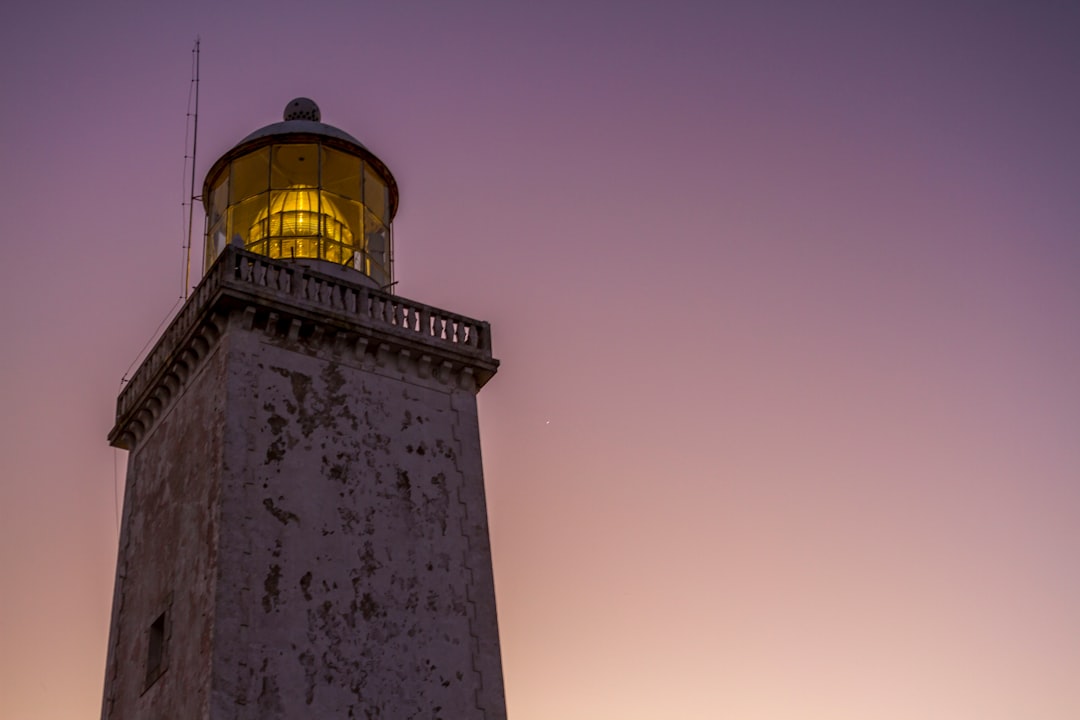
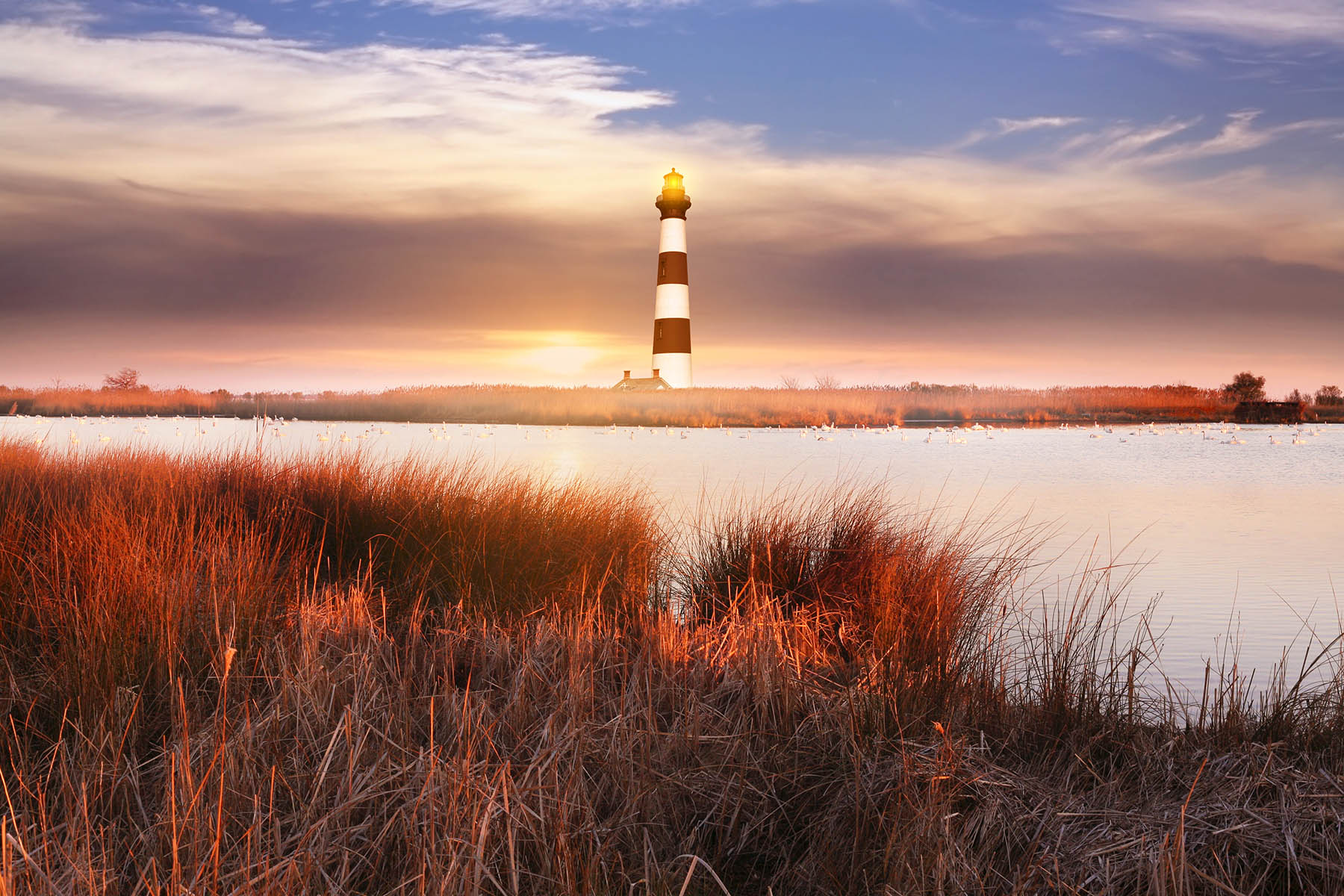
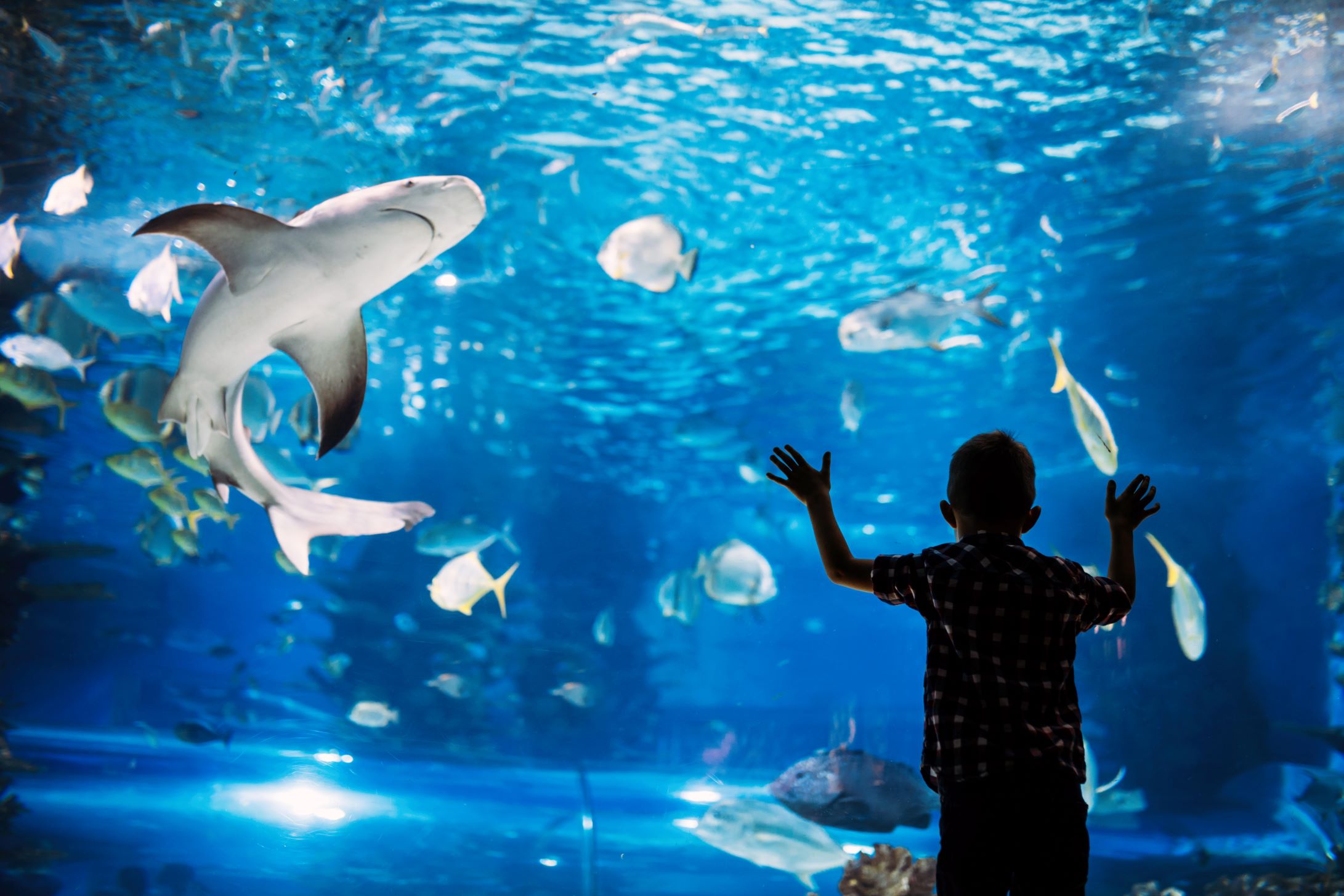
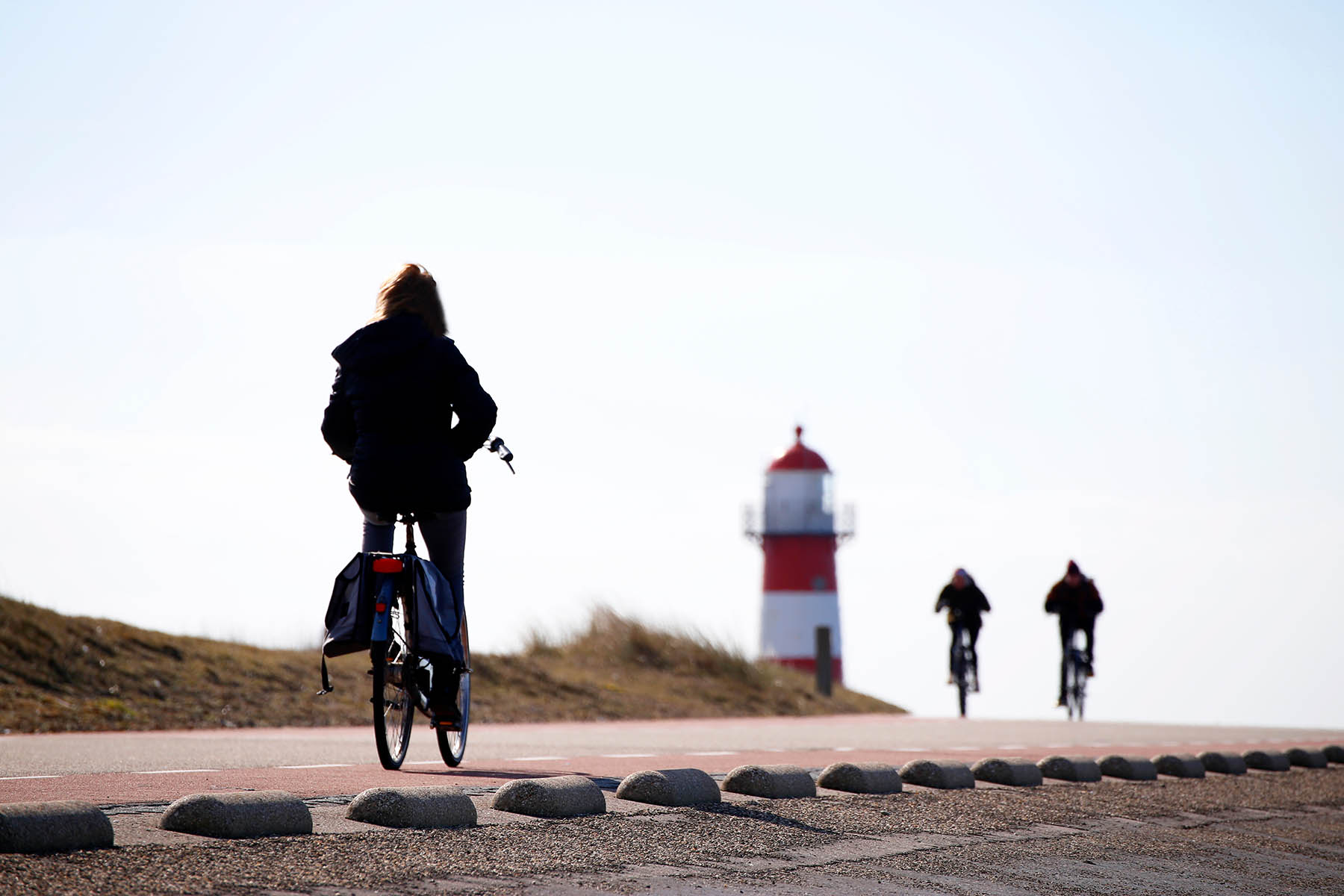
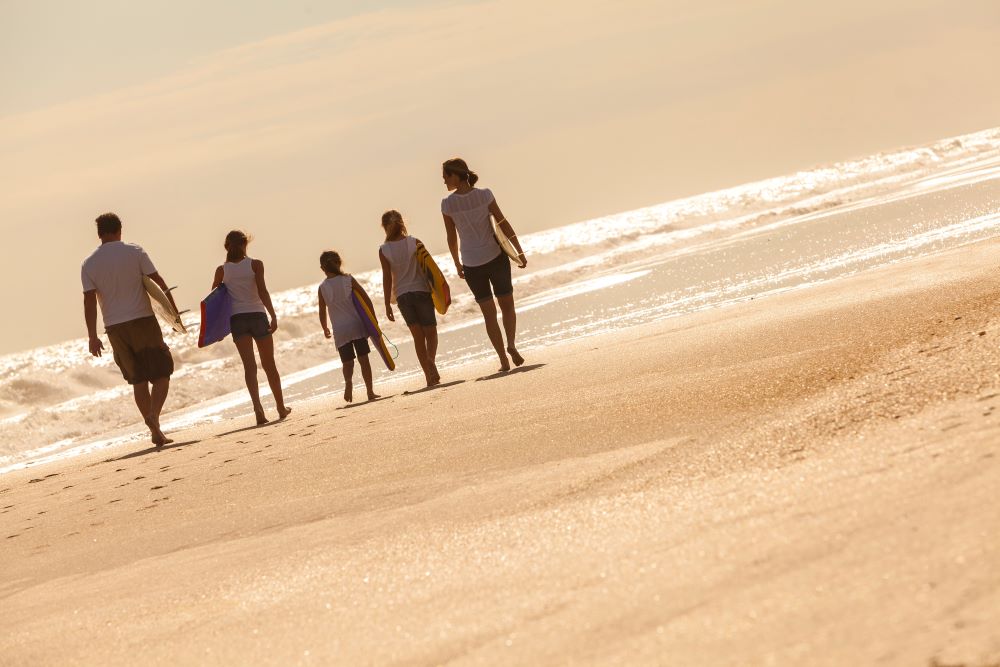

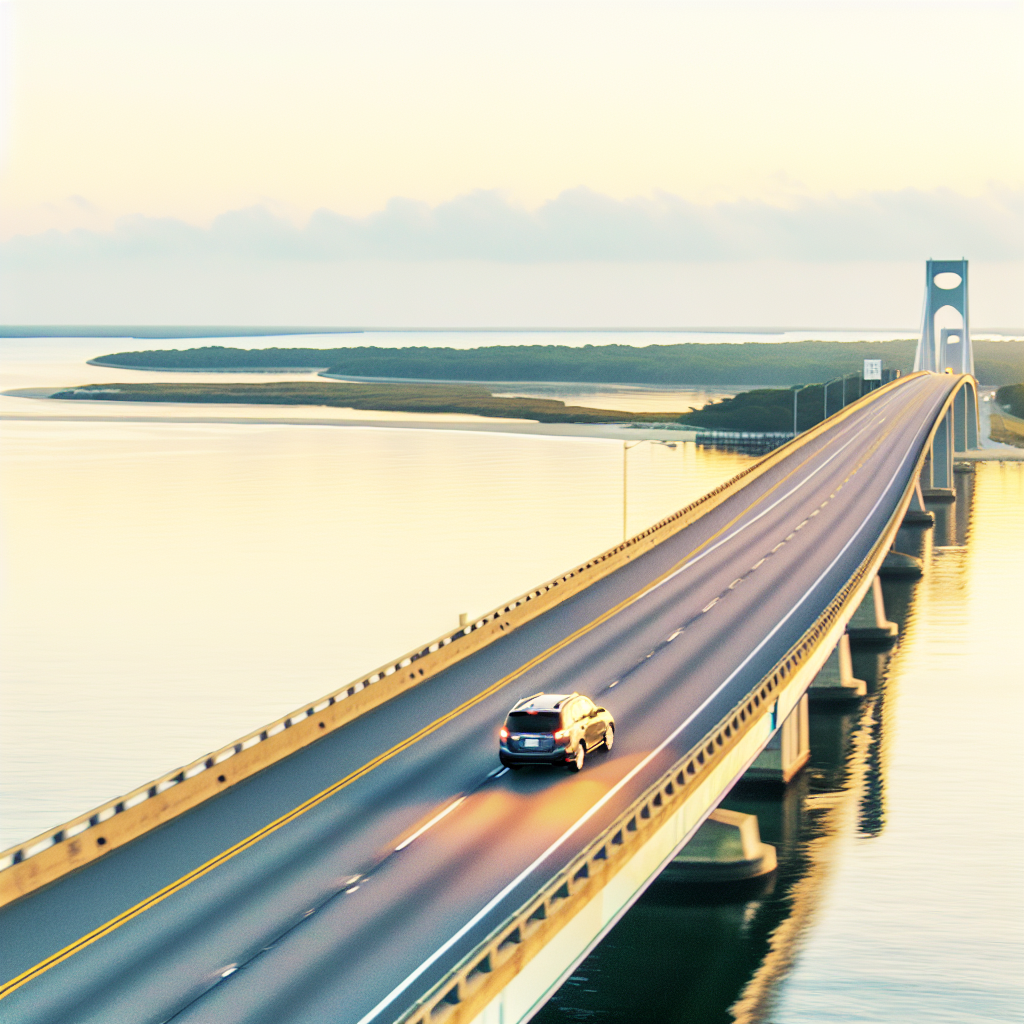

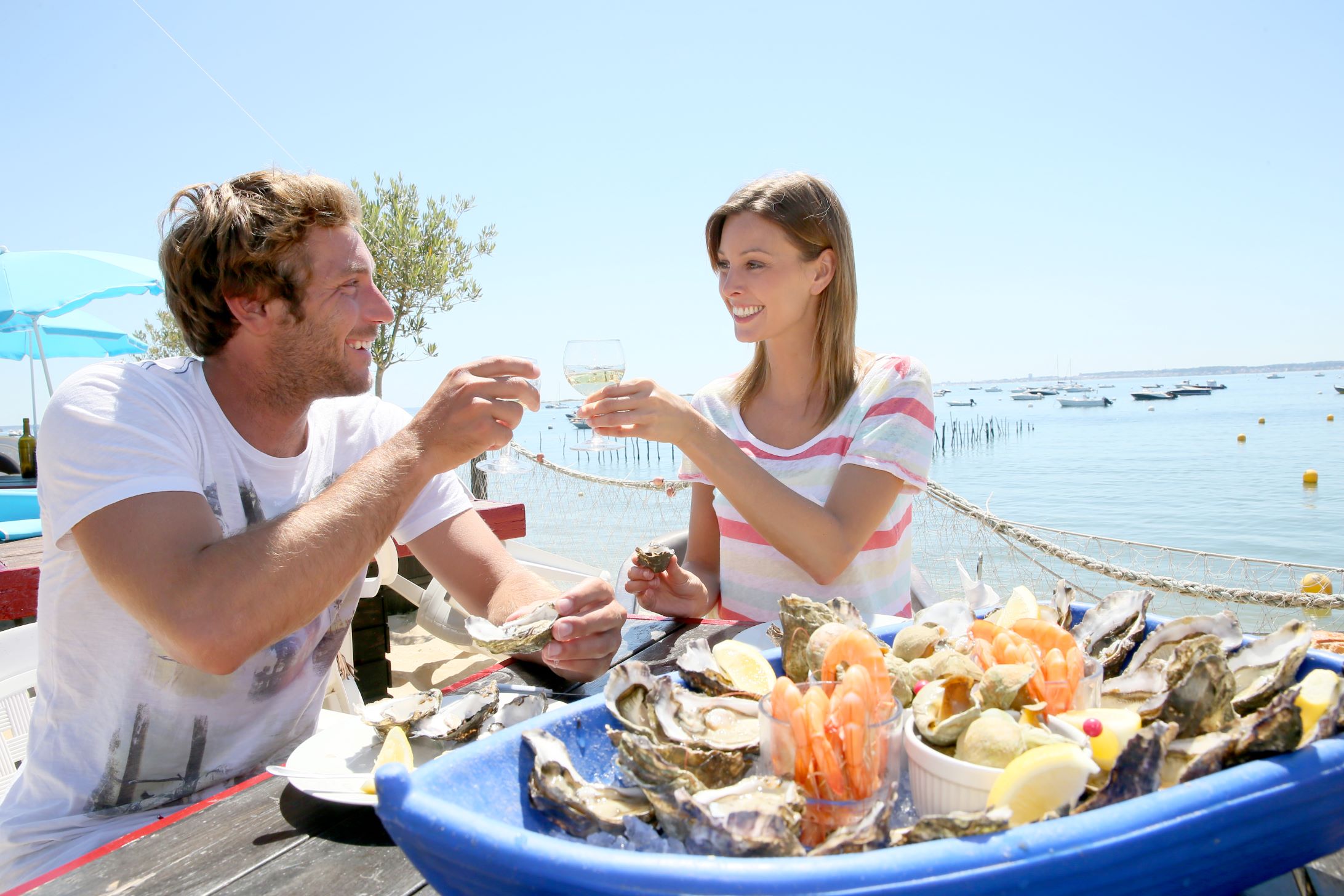


Share This Page